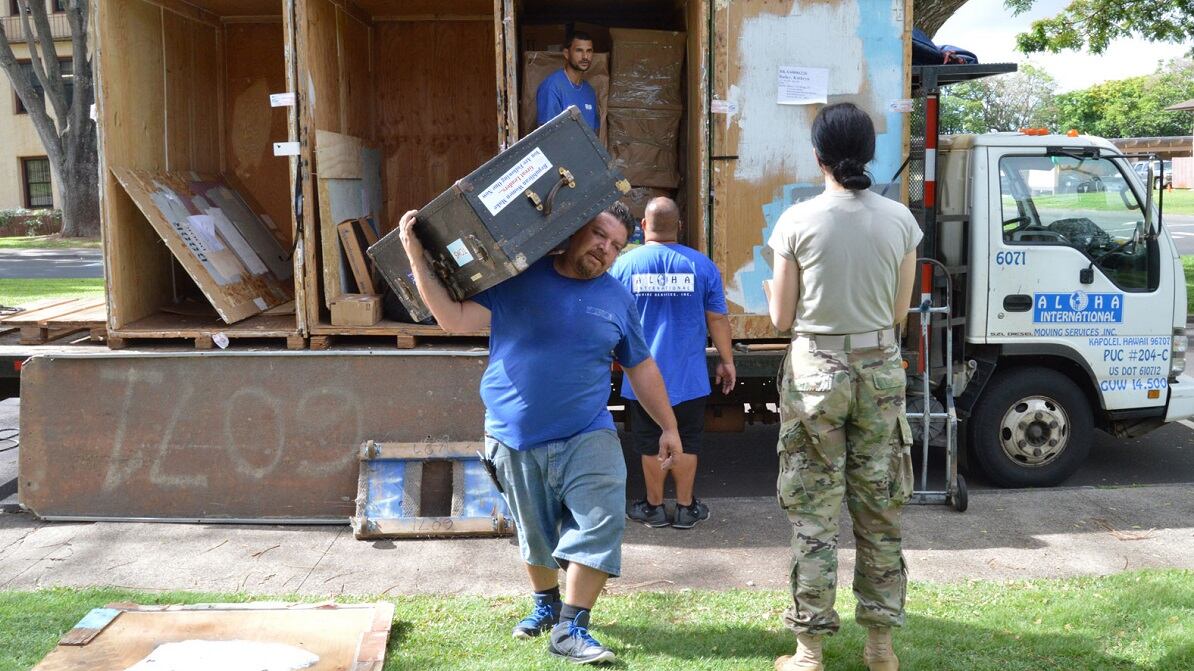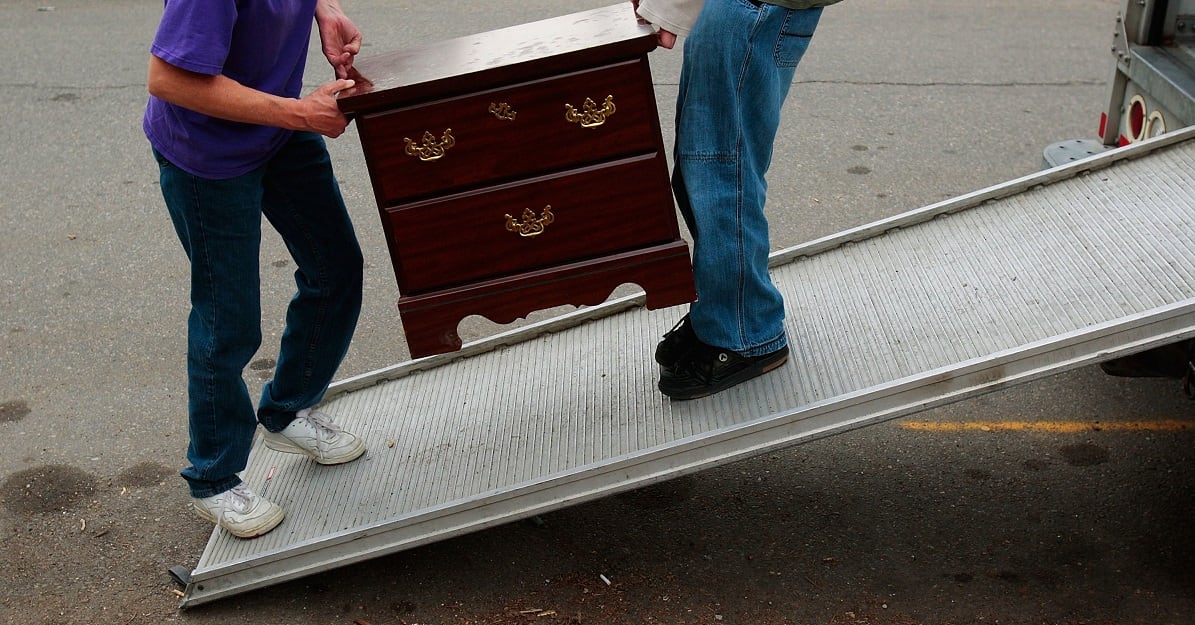As the busy military moving season nears, some experts are concerned that issues in the moving industry, and stiff competition for trucks and movers, may combine to create a “perfect storm” for service members making permanent change-of-station moves.
Positive trends in the economy and the housing market may stretch an already limited industry capacity. A possible increase in commercial-sector moves could compete with military moves, experts warned, making all-to-common PCS problems — driver shortages, for instance — even worse.
U.S. Transportation Command officials have signed up more moving truckers and redesigned Move.mil, the online PCS portal, with an eye toward a simpler, smoother process. The command has been managing the Defense Personal Property Program, or DP3, for less than a year after taking over for the Army in the fall, ending that service’s 59 years at the controls.
But one ground truth hasn’t changed for service members: The earlier you can make your arrangements, the better. If you start the process as soon as you get orders, you’ll be more likely to get the pack out and move dates that you want.
Last year, DP3 oversaw 430,000 Defense Department household goods shipments and 65,000 privately owned vehicle shipments. Those shipments peak from May through August, though the really busy time is June 15-July 15.
“We hope it will be the best peak season ever,” said Army Col. Ralph Lounsbrough, personal property division chief in TRANSCOM’s strategy, capabilities, policy and logistics directorate. “I think it’s going to be an improvement. Unfortunately, we will have days where there are capacity constraints ... and some people will see some bad moves, I’m sure, unfortunately, but hopefully we’ve reduced those.”
NEW FOR THIS SEASON
The changes to Move.mil were an early priority for TRANSCOM, with the goal of a more user-friendly, mobile-friendly platform, Lounsbrough said. Service members, military services’ transportation offices, moving companies and others use that interface to connect to carry out moves, handle claims and manage other parts of the process.
While most of the information has stayed the same — some new tools are available, such as a weight estimator — the goal was to make it easier for troops and families to find or enter that information, Lounsbrough said.
One Navy officer who used Move.mil to set up her move recently said the process was relatively easy, but there was a point where she had trouble progressing.
“I couldn’t get past it. I emailed the help desk, and I talked to them on the phone,” said the officer, who asked not to be identified. The issue was resolved “pretty quickly,” she said, though she added that a colleague wasn’t having the same luck getting a response.

MORE SUPPORT, MORE MOVERS
TRANSCOM officials also are developing a more robust training program for government employees at local installation household goods/transportation offices, to improve customer support. The idea is to provide a “warm hand-off,” Lounsbrough said, “giving people the answers they need instead of giving them the runaround.”
Officials also have taken steps to increase the number of companies that accept DoD business for household goods moves, Lounsbrough said, adding about 80 new moving companies last year to increase the number to about 900.
Those will help in areas where demand can exceed available trucks, as well as packing and loading capacity. There are regular problems getting enough movers, especially in peak season, in many areas. Some markets may be too small to meet demand, while larger military markets like San Diego or the Washington, D.C., area have high volumes of moves.
However, many of those companies already act as agents (i.e., packers) or nontemporary storage providers in these areas, “so most within industry question what new capacity these transportation service providers will bring to the program,” said Charles White, senior vice president of the International Association of Movers.
RELATED

A rule outside DoD’s control may exasperate the perennial driver shortages, White said: Many truckers this peak season will be using congressionally mandated electronic logging devices.
The device is synchronized with the truck’s engine to automatically record driving time, which is limited for safety reasons. Drivers nearing the end of their time will have to leave in time to park their truck, even if it’s being loaded at a residence, said John Becker, director of military policy for the American Moving and Storage Association.
“The driver shortage, the new Hours of Services rules implemented a few years ago, the positive economic trends in the housing markets and the [electronic logging device] mandate seem like a ‘perfect storm’ that may have a significant effect on the capacity available to DoD this summer,” White said.
TRANSCOM officials also plan to test a major overhaul to the entire personal property system, including the network that connects moving companies and personal property offices with the service member who is moving. That test, involving 2,000 to 8,000 moves, will start in June, Lounsbrough said.
RELATED

While industry members support a new system, the timing has raised red flags.
“The planned June 1 start could not be at a worse time,” White said. “That is the height of the busy season for our industry.”
Karen has covered military families, quality of life and consumer issues for Military Times for more than 30 years, and is co-author of a chapter on media coverage of military families in the book "A Battle Plan for Supporting Military Families." She previously worked for newspapers in Guam, Norfolk, Jacksonville, Fla., and Athens, Ga.



